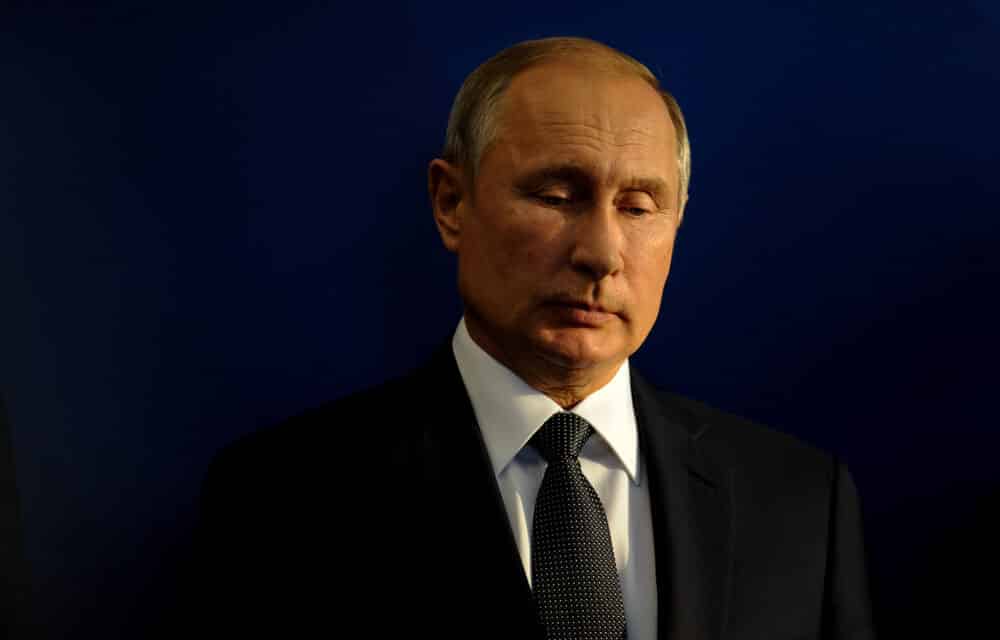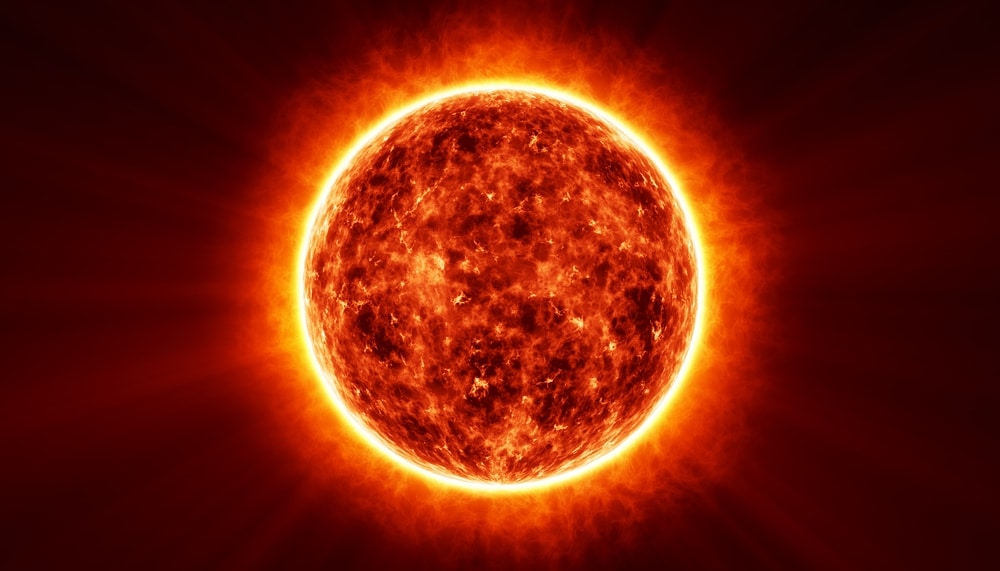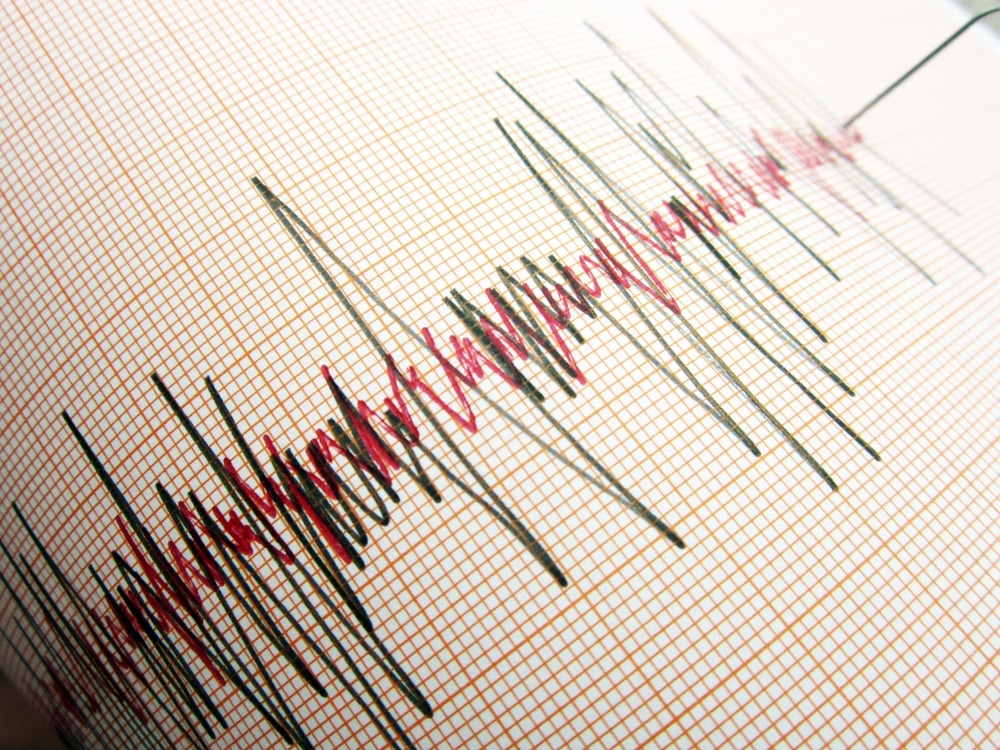The U.S. is accusing Vladimir Putin of using food as a weapon after his forces attacked a key port that’s used to ship desperately needed grain to the world. There was worldwide condemnation of the Russian missile strikes on the Black Sea port of Odesa just one day after Russia signed a U.N.-brokered agreement to allow grain ships to begin leaving. Firefighters battled the flames, dousing ships with water.
Russia first denied it hit the port, then admitted it did, claiming it hit military targets. Ukrainian Parliament member Valentyn Nalyvaichenko says responsibility for getting Ukrainian grain to the world now rests with Vladimir Putin. “(Is the Kremlin) really willing to ‘de-block’ the blockade (on) the Ukrainian seaports to let us, Ukraine, export more than 20 million tons of grain?” he asked.
The attacks not only cast doubt on the agreement between Russia and Ukraine but further threaten grain exports and global food supply at a time when the world urgently needs Ukrainian wheat. It’s harvest time in Ukraine and farmers have so far been unable to export their grain through the port of Odesa.
Ukraine produces enough grain yearly to feed 400 million people, but last year’s harvest is still stuck in silos and there are fears that if it’s not shipped out soon, this year’s crop will be ruined because there’s no place to store it. U.S. Ambassador to Ukraine Bridget Brink in a tweet called the Russian attack outrageous and said “the Kremlin continues to weaponize food.”
The U.N. says over 800 million people were affected by hunger in some way last year. And David Beasley of the World Food Program says this year an estimated 285 million people face starvation.
“But we’re facing unprecedented crisis right now, and if we don’t deal with it strategically, effectively, and timely, you are going to have mass famine, you are going to have destabilization of dozens of nations, and you’ve going to have mass migration. This is not hyperbole; this is reality,” Beasely said in a Counsel on Foreign Relation interview. READ MORE

















